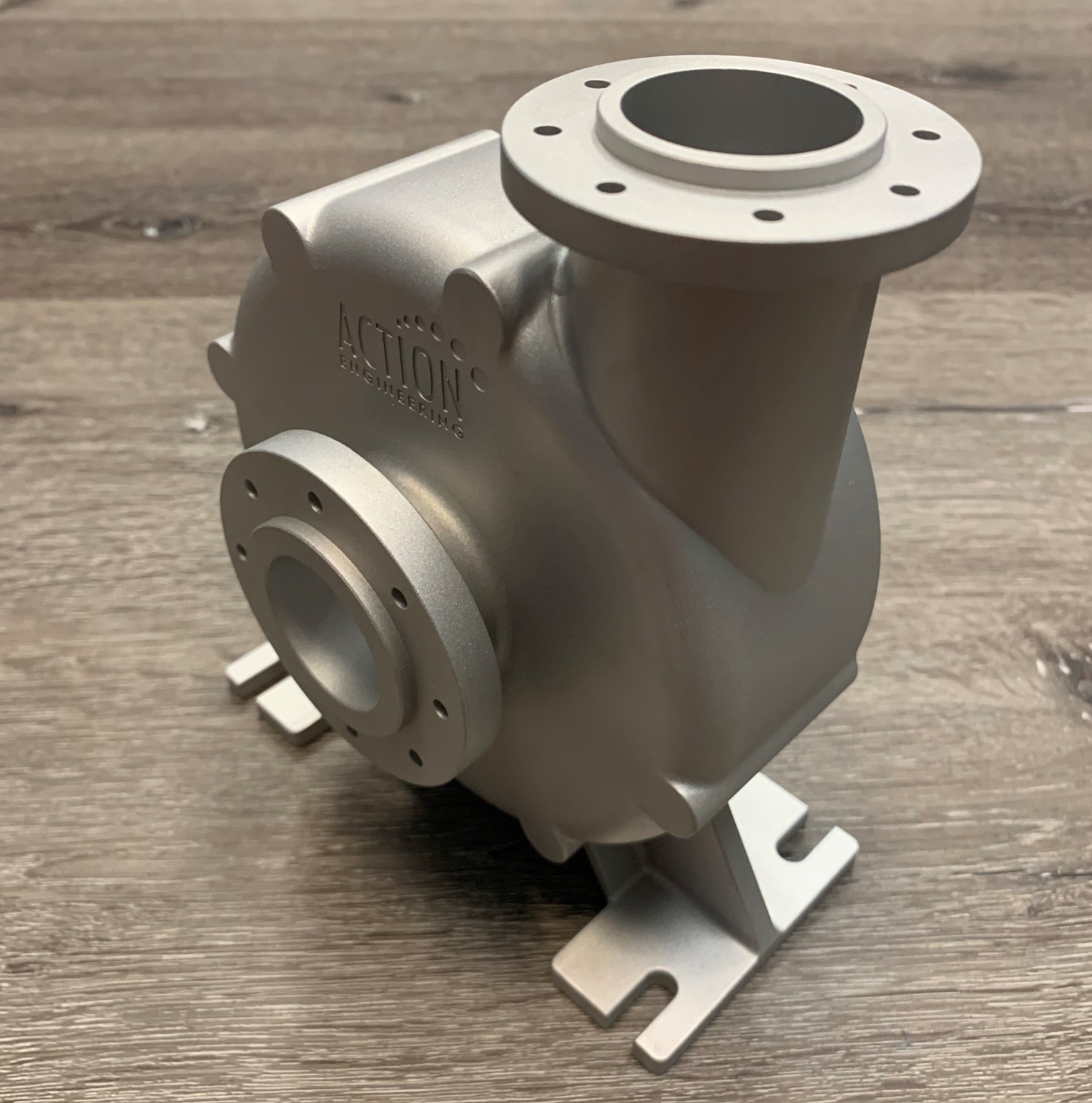______ END ______
| ASME Y14.24 - Types and Applications of Engineering Drawings | Reference | 2020 |
| A number assigned to one or more interchangeable purchased items by a vendor item control drawing for administrative purposes. An administrative control number may also be assigned to an item defined by an envelope drawing. The number also serves as the PIN for specifying such items in a parts list. The administrative control number is assigned in addition to the item identification assigned by the original design activity. |
| A product definition data depicting the alteration of a nationally recognized standard or an item under the control of another design activity where the altered item meets specific design requirements and is no longer interchangeable with the original item. The altered item is re-identified with a new part number from the authoring design activity replacing the original part number. |
| An accurately scaled, usually 1:1, pattern that is used to produce the production master |
| Any document referenced on an engineering drawing that establishes some portion of the engineering requirements. |
| An existing product, material, component, subsystem, or system sold or traded to the general public during normal business operations at prices based on established catalog or market prices. |
| Uses where failure of the item would result in one or more of the following conditions: (a) risk of personal injury or endangerment of life (b) loss of or damage to equipment (c) degradation of performance to a point that would jeopardize its capacity to fulfill its intended function. |
| A drawing or set of drawings and associated data that delineates the detailed engineering requirements of an end product necessary for the fabrication, assembly, inspection, and test of the item. |
| A block diagram or indentured list that identifies all drawings applicable to an end item or program and illustrates the next higher and subordinate relationships that exist between those drawings. |
| An item, such as an individual part or assembly, in its final or completed state. |  |
| A unique identifier used to distinguish one activity or organization from another activity or organization. Examples of enterprise identifiers are: Commercial and Government Entity (CAGE) Code; Department of Defense Activity Address Code (DODAAC); Dun & Bradstreets Data Universal Numbering System (D-U-N-S); North Atlantic Treaty Organization (NATO) CAGE (NCAGE) Code; ISO/SAE WMI Code and GS1 Company Prefix. An enterprise identifier code is uniquely assigned to an activity by an issuing agency registered in accordance with procedures outlined in ISO/IEC 15459-2. An enterprise may be an entity such as a design activity, manufacturer, supplier, depot, program management office, or a third party. |
| Product definition data that discloses the basic technical data and performance requirements necessary for development, or design selection of an item where it is desirable to have all features other than those shown on the drawing left to the ingenuity of the supplier. An envelope drawing does not establish item identification. |
| A specification that states requirements in terms of the required results with criteria for verifying compliance, but without stating the methods for achieving the required results. A performance specification defines the functional requirements for the item, the environment in which the item operates and interfaces, and the interchangeability characteristics. |
| A specification document (not a drawing) that defines the technical requirements (design-to, performance, environmental, testing, reliability, maintainability, etc.) for an item to be developed by a supplier. |
| A term that encompasses both commercial items and vendor-developed items. |
| The formal process by which a manufacturers product is examined for compliance with the procurement requirements of a source control drawing to approve the manufacturer as a source of supply. |
| To invoke associated data by callout on an engineering drawing. Such callouts may be located on the field of the drawing, in a note, in the parts list, or elsewhere on the drawing. |
| Information, including dimensions, that does not govern production or inspection operations. |
| A product definition data depicting an existing standard or vendor-developed item with further required selection or restriction of the item for fit, tolerance, performance, or reliability within the range or limits prescribed for the item. Although the existing item is not physically modified, by virtue of the selection technique employed it is demonstratively different from those identified on the document from which the selection is made and, therefore, the existing item is not interchangeable with the selected item. When so restricted, the existing item is re-identified with a new part number from the authoring design activity replacing the original part number. |
| A product definition data depicting the requirements for an existing supplier item or a developed supplier item that is required to be approved and qualified for use and that exclusively provides the performance, installation and interchangeable characteristics required for one or more specific critical applications. The specific applications are stated on the drawing. The item is reidentified with a new part number from the authoring design activity. |
| A source from whom a purchased item is obtained. |
| A product definition data depicting the requirements for an existing supplier item or a developed supplier item that does not require item qualification in the use of a critical application but does impose specific engineering design requirements and acceptance criteria to the supplier. The item is not reidentified with a new part number and retains the original supplier item identification. (AKA, Vendor Item Drawing or Specification Control Drawing). |
| A specialized version of a vendor’s general product line which is not normally stocked as an off-the-shelf item but is procurable on order. |
| A group of related items that do not make up a complete assembly, with instructions for installing the items in a major assembly structure (e.g., a power supply and mounting hardware with instructions for installing them in a telecommunications satellite structure). |